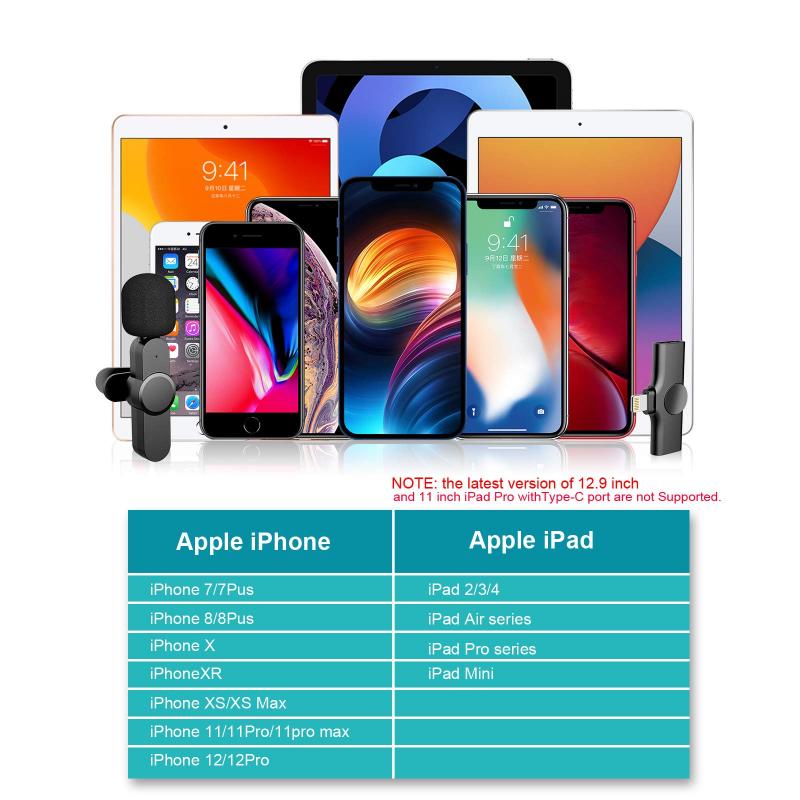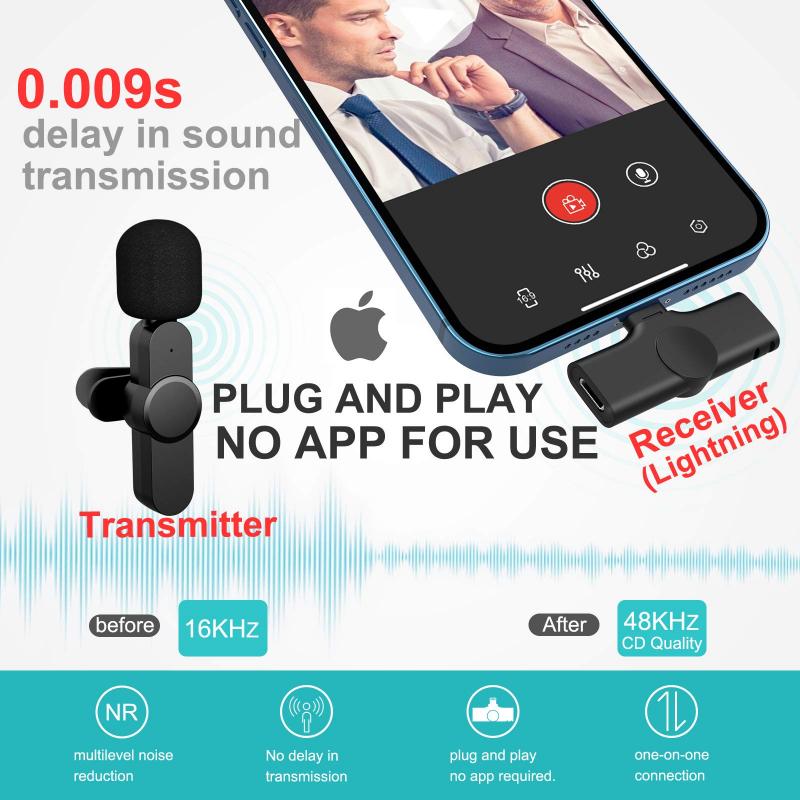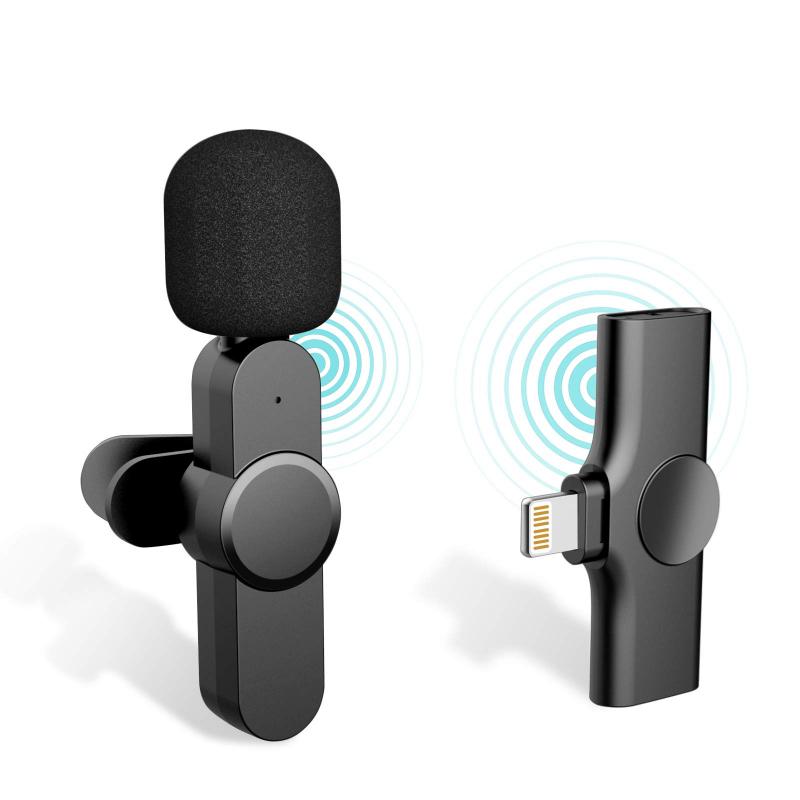How To Screen Record On Macbook With Sound?
Screen recording on a MacBook with sound is a common task that many users need to accomplish for various reasons, such as creating tutorials, capturing gameplay, or recording video calls. Despite its importance, many users are often unsure about the best methods to achieve this. In this article, we will explore the different ways to screen record on a MacBook with sound, providing detailed steps and tips to ensure you get the best results.
Understanding the Basics

Before diving into the methods, it's essential to understand the basic requirements and tools available for screen recording on a MacBook. macOS comes with built-in tools that can handle screen recording, but there are also third-party applications that offer more advanced features. The primary built-in tools are QuickTime Player and the Screenshot Toolbar introduced in macOS Mojave.
Method 1: Using QuickTime Player

QuickTime Player is a versatile media player that comes pre-installed on all MacBooks. It also includes a screen recording feature that is relatively easy to use.
Steps to Screen Record with QuickTime Player:

1. Open QuickTime Player: You can find QuickTime Player in the Applications folder or by using Spotlight search.
2. Start a New Screen Recording:
- Go to the menu bar and click on `File`.
- Select `New Screen Recording`.
3. Configure Recording Settings:
- A small recording window will appear. Click on the drop-down arrow next to the record button to access recording options.
- Ensure that the `Internal Microphone` is selected if you want to record audio from your MacBook’s microphone.
4. Start Recording:
- Click the red record button.
- You will be prompted to select the area of the screen you want to record. You can either click to record the entire screen or drag to select a specific area.
5. Stop Recording:
- To stop recording, click the stop button in the menu bar or press `Command + Control + Esc`.
6. Save Your Recording:
- Once you stop recording, QuickTime will automatically open the recorded file. You can then save it by going to `File` > `Save`.
Method 2: Using the Screenshot Toolbar (macOS Mojave and Later)

The Screenshot Toolbar is a more recent addition to macOS, providing a more intuitive interface for screen recording.
Steps to Screen Record with the Screenshot Toolbar:
1. Open the Screenshot Toolbar:
- Press `Shift + Command + 5` to open the Screenshot Toolbar.
2. Select Recording Options:
- The toolbar provides options for capturing the entire screen, a selected portion, or a specific window. It also includes options for screen recording.
- Click on the `Record Entire Screen` or `Record Selected Portion` button.
3. Configure Audio Settings:
- Click on `Options` in the toolbar.
- Under the `Microphone` section, select `Internal Microphone` to record audio.
4. Start Recording:
- Click the `Record` button to begin recording.
5. Stop Recording:
- To stop recording, click the stop button in the menu bar or press `Command + Control + Esc`.
6. Save Your Recording:
- The recording will be saved automatically to your desktop by default. You can change the save location in the `Options` menu.
Method 3: Using Third-Party Applications
While QuickTime Player and the Screenshot Toolbar are sufficient for basic screen recording needs, third-party applications offer more advanced features such as editing tools, higher quality recordings, and additional audio options.
Popular Third-Party Applications:
1. OBS Studio:
- OBS Studio is a free and open-source software for video recording and live streaming. It offers extensive customization options and supports multiple audio sources.
2. Camtasia:
- Camtasia is a professional-grade screen recording and video editing software. It is user-friendly and provides a wide range of editing tools.
3. ScreenFlow:
- ScreenFlow is another powerful screen recording and video editing tool. It is known for its high-quality recordings and intuitive interface.
Steps to Screen Record with OBS Studio:
1. Download and Install OBS Studio:
- Visit the OBS Studio website and download the macOS version. Follow the installation instructions.
2. Configure OBS Studio:
- Open OBS Studio and go to `Settings`.
- Under the `Audio` tab, ensure that the correct microphone is selected.
3. Set Up a New Scene:
- In the main OBS window, click the `+` button under the `Scenes` box to create a new scene.
4. Add a Display Capture Source:
- Click the `+` button under the `Sources` box and select `Display Capture`.
- Name the source and select the display you want to record.
5. Start Recording:
- Click the `Start Recording` button in the bottom-right corner of the OBS window.
6. Stop Recording:
- Click the `Stop Recording` button when you are finished.
7. Save Your Recording:
- OBS Studio will save the recording to the location specified in the `Settings` menu.
Tips for High-Quality Screen Recordings
1. Ensure Good Lighting: If you are recording a tutorial or a video that includes webcam footage, make sure you have good lighting to improve video quality.
2. Use an External Microphone: For better audio quality, consider using an external microphone instead of the built-in microphone.
3. Close Unnecessary Applications: To avoid distractions and improve performance, close any applications that you do not need during the recording.
4. Test Your Setup: Before starting your actual recording, do a test run to ensure that both the video and audio are being captured correctly.
Screen recording on a MacBook with sound is a straightforward process once you know the available tools and methods. Whether you choose to use QuickTime Player, the Screenshot Toolbar, or a third-party application like OBS Studio, each method has its own set of features and benefits. By following the steps outlined in this article, you can create high-quality screen recordings with sound for any purpose. Remember to consider the tips for high-quality recordings to ensure your final product is as professional as possible.

There are no comments for this blog.